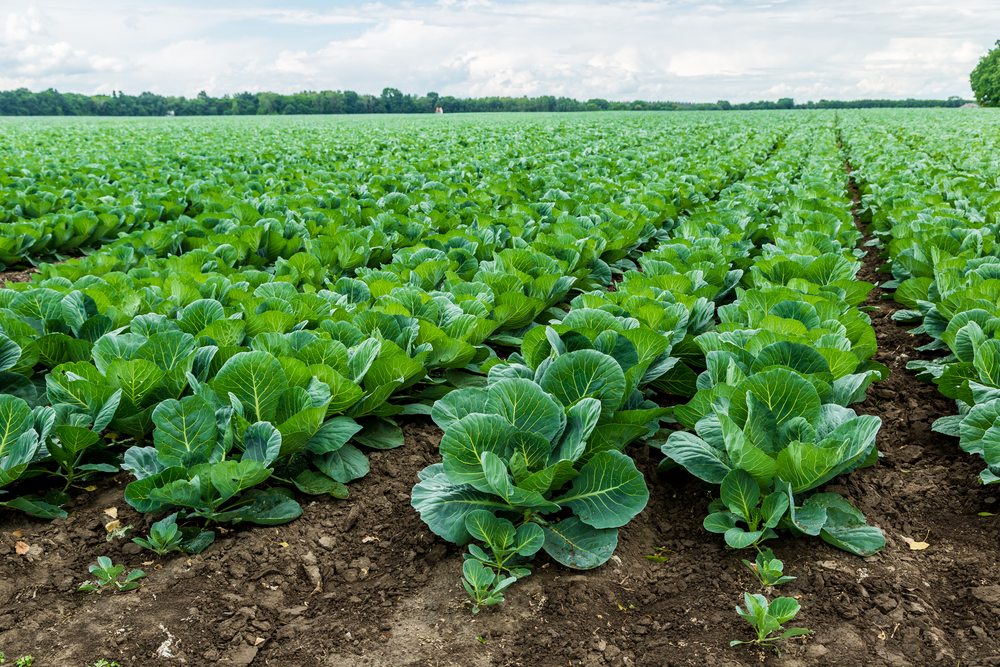By Ashley Robinson

Florida’s warm and wet climate can create the optimal environment for a multitude of cabbage diseases. Black rot is caused by the bacterium Xanthomonas campestris pv. Campestris is a significant issue for Florida cabbage growers. Not only can this disease cause major losses, but once a field is infected, it is difficult to get rid of the disease.
“Black rot is a prevalent issue for growers, especially when we have warm and wet weather like we did in late December,” says Nick Dufault, associate professor of plant pathology at the University of Florida Institute of Food and Agricultural Sciences (UF/IFAS).
Black rot can be damaging to all brassicas and can enter the plant through openings above or below the soil, including the openings in the roots from the pulling and setting of transplants. The disease can also enter through plant openings from insect damage. Bacteria can stay in the soil for over a year, where it survives on debris and weeds.
MANAGEMENT OPTIONS
Unfortunately, control options are limited when it comes to treating black rot. However, research has shown that there are a few effective options on the market for growers.
“Our control options are limited to mainly using a copper-based product (e.g., ManKocide), a systemic activated resistance product (e.g., Actigard) and using resistant cultivars. However, the best use of all of these options is typically before the disease has spread throughout a field,” Dufault says.
RESEARCH UNDERWAY
Currently, Dufault is conducting research with the UF/IFAS Hastings Agricultural Extension Center to look at how timing of copper sprays will affect disease management for transplant and field disease infections.
“The idea is to spray transplants in the field as early as possible for greenhouse infections and a week before field infections. These treatments will be compared to sprays occurring two or three weeks later, depending on weather,” Dufault says. “We also did two planting dates in the hopes of seeing differences in the epidemic intensities. We are still in the process of analyzing the data and waiting for our second planting harvest, but in a preliminary analysis we did not see a difference between the spray timings, but there are some trends that these early sprays may be beneficial.”
Dufault adds that disease development was limited by the environments that were in the field, which creates variable results.
In the future, Dufault and his team plan to evaluate additional products on the market to see if they have any significant effect on the disease.
RECOMMENDATIONS
It is still recommended that growers spray copper products on their crop before a black rot epidemic spreads throughout their field. However, a later spray has proven to be effective at protecting the cabbage heads and saving yields since the infected outer leaves can be easily removed.
“Ultimately, black rot is a weather-driven disease, which means environment and cultivar resistance will be important to reducing damage,” Dufault says.









